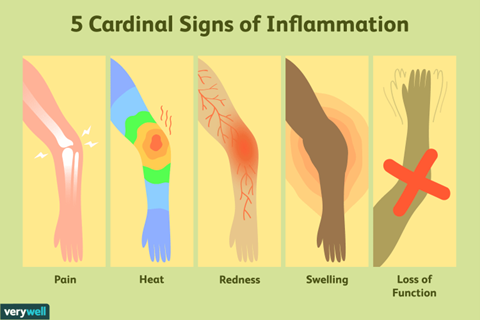A charge nurse is providing an in-service to a group of staff nurses about unexpected events. Which of the following should the nurse include in the teaching as an example of a sentinel event?
A client fell out of bed and fractured their hip.
A client was prescribed a medication they were allergic to, but the prescription was canceled before the medication was given.
A client had bowel surgery and died from sepsis.
A client was almost given another client’s medication.
The Correct Answer is A
A sentinel event is an unexpected event in a healthcare setting that causes or has the potential to cause death, serious physical or psychological injury, or loss of limb or function to a patient1. A client falling out of
bed and fracturing their hip would be considered a sentinel event because it is an unexpected event that resulted in serious physical injury.
Nursing Test Bank
Naxlex Comprehensive Predictor Exams
Related Questions
Correct Answer is A
Explanation
Localized warmth is a classic sign of inflammation and can indicate the presence of an infection or injury in the affected area. Sanguineous drainage is a type of wound drainage that consists of blood and is not a sign of inflammation. Palpable pedal pulses and full range of motion can provide information about the injury, but they are not specific to inflammation. Therefore, options b, c, and d are incorrect.

Correct Answer is A
Explanation
The chain of infection describes how an infection spreads based on six links of transmission: Infectious Agent, Reservoirs, Portal of Exit, Modes of Transmission, Portal of Entry, and Susceptible Host1. In this case, the client’s mouth is an example of a portal of entry, which is the route by which an infectious agent enters a new host1.

Whether you are a student looking to ace your exams or a practicing nurse seeking to enhance your expertise , our nursing education contents will empower you with the confidence and competence to make a difference in the lives of patients and become a respected leader in the healthcare field.
Visit Naxlex, invest in your future and unlock endless possibilities with our unparalleled nursing education contents today
Report Wrong Answer on the Current Question
Do you disagree with the answer? If yes, what is your expected answer? Explain.
Kindly be descriptive with the issue you are facing.
